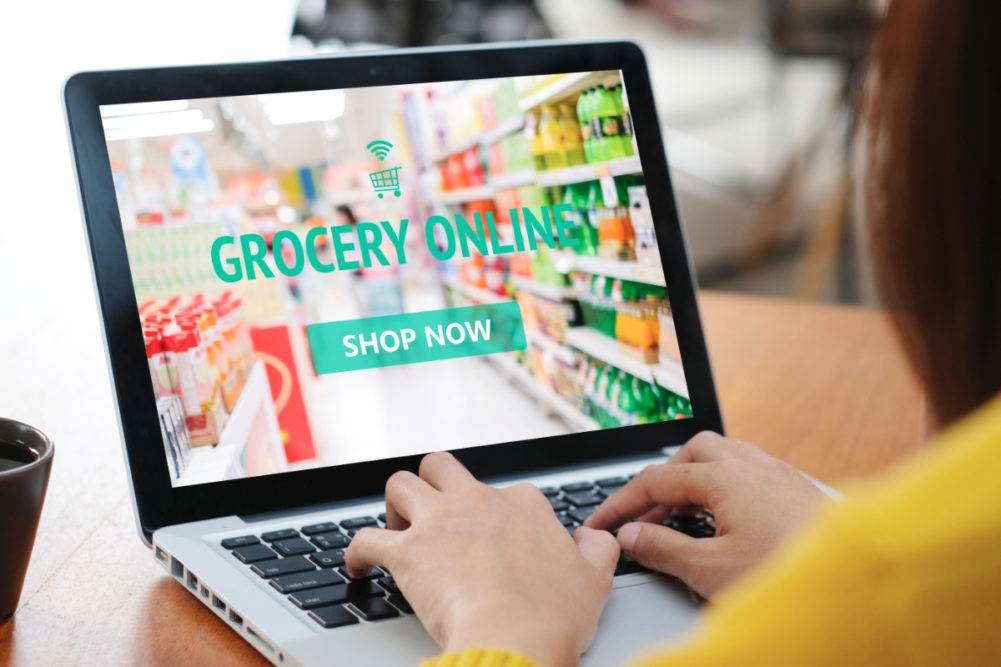UTRECHT, THE NETHERLANDS — Rabobank International forecasts online grocery sales, spurred by consumer stay-at-home habits during the coronavirus (COVID-19) pandemic, to reach 6.4% of total grocery sales by the end of 2021. Without COVID-19, online grocery store sales would have made up 4.6% of sales by the end of 2021, according to the forecast released in June.
Online grocery sales were 3.1% of total grocery sales at the end of 2019. Depending on several factors, online grocery sales could represent anywhere from 4.8% to 9.1% of total grocery sales by the end of 2021.
“While our model suggests that a wide range of outcomes are possible, we feel the direct, long-term impact of the pandemic on US online grocery sales will be fairly modest, with the most likely scenario leading to a 12- to 18-month acceleration in online grocery penetration compared to a scenario in which the pandemic never occurred,” the report said. “Even if the growth from COVID-19 is short-lived, we believe the recent increase in focus and investment in e-commerce is justified. While there are exceptions, many food and beverage companies have stalled e-commerce investments for so long there is little risk of an over-adjustment.”
More first-time users, a high intensity of use and the length of the pandemic all could increase penetration of online sales. Bad user experiences, limited capacity and the demographics of new users could decrease penetration.
Getting consumers to create a login and complete their first order is the biggest hurdle for growing the online grocery business, according to Rabobank. Bad user experiences came early in the pandemic as grocers rushed to increase their ability to offer online shopping.
“Consumers who have been lucky enough or patient enough to get a delivery or pickup window are plagued by out-of-stock items, replacements and delays,” the Rabobank report said. “It is bad enough that ‘Saturday Night Live’ even had a skit poking fun at the problem.”
The percentage of people using curbside pickup at a store increased to 36% for the May 11-17 period from 19% for the March 23-April 5 period, according to Gallup data cited by Rabobank. The percentage of people who had groceries delivered rose to 14% for the May 11-17 period from 11% for the March 23-April 5 period.
Rabobank International cited a survey from FMI – The Food Industry Association showing baby boomers will be the least likely to stick with online grocery shopping. When asked how their online grocery shopping will change once the pandemic is over, 10% of baby boomers said they will buy more groceries online, which compared to 35% for Generation X, 40% for millennials and 34% for Generation Z. The percentages for buying less groceries online once the pandemic subsides were 20% for baby boomers, 10% for Generation X, 16% for millennials and 22% for Generation Z.
“In other words, older consumers really don’t want to shop for groceries online,” the Rabobank report said. “It literally took a pandemic to get them to start ordering groceries online. It would make sense, therefore, that they are harder to retain once the crisis is over.”

